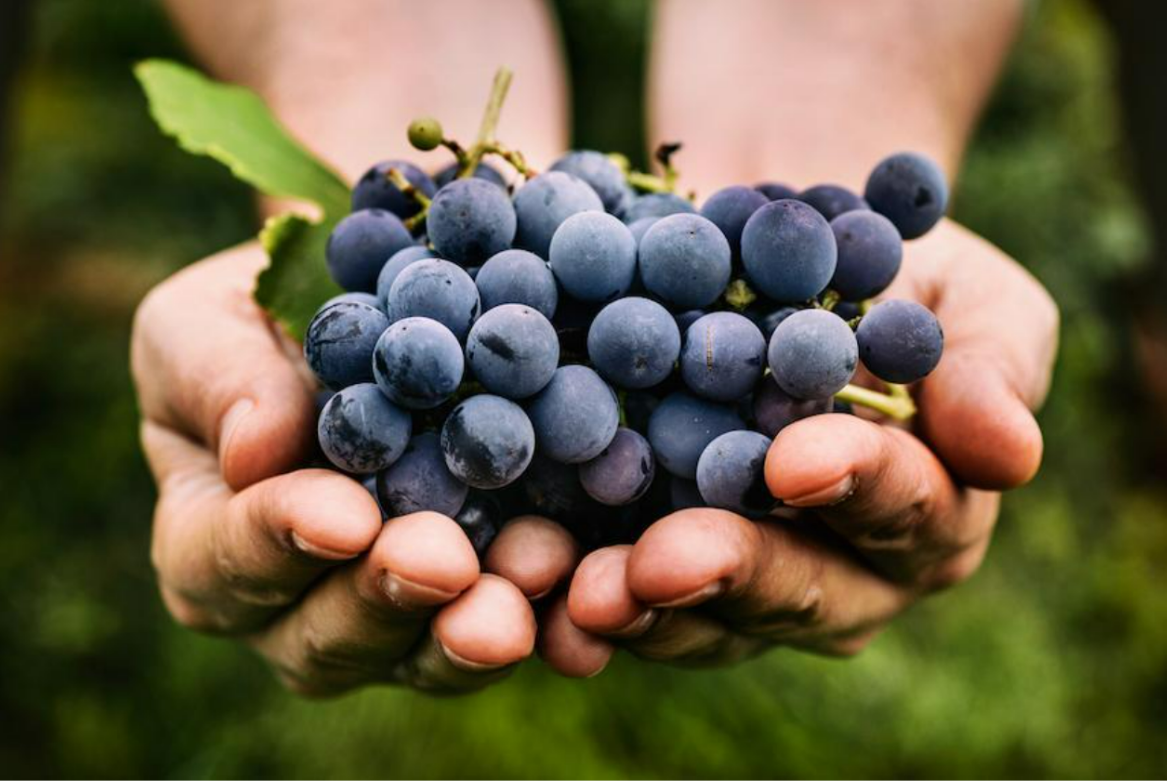The harvest is a magical moment for winemakers that is repeated from year to year; in Italy it is accompanied by traditions that express love for the territory and passion for sociable sharing with real harvest festivals.
The stages of the harvest
The time of harvesting grapes is always exciting for winemakers: after years of hard work they will finally be able to reap the fruits. We talk about years because, only after identifying the soil suitable for hosting the vine, analyzing its composition, and examining the climate of the territory, do we proceed to the planting of the vine. The vine’s growth and development phase lasts on average 4 years, under the expert curation of the winemakers. The terroir determines the characteristics of the wine obtained at the end of the entire winemaking process, but it all begins with the harvest.
When does the harvest begin?
To obtain a quality wine, it is necessary that the grapes ripen at the right point before the harvest, which occurs between August and October. The harvest period is variable depending on the vineyard, the climatic conditions of that year, and the type of wine being produced. An early harvest allows for wines with an enhanced aroma, such as white wines, especially if they are destined to be sparkling wine. For the most tannic wines, i.e. red wines, such as Barolo DOCG or Barbaresco, winemakers wait for the grapes to mature longer. Finally, the late harvest allows for a higher sugar level in the grapes, lowering their acidity and giving life to sweet, passito and meditation wines, such as Moscato d'Asti. There are various parameters for determining when grapes have ripened to the right point. For example, experienced winemakers examine the colour of the grapes and the sensory profile of aromatic vines.
The climate plays a decisive role in the harvest. For example, in particularly hot years, grapes can reach their ideal balance between sugars and acids and be ripe in August; in this case, an earlier harvest will be necessary. Specifically, there are three types of grape ripening: technological ripening, phenolic ripening, and aromatic ripening. These indicate the ratio of substances present in the grapes, which varies to give rise to different types of wine.
Once the grapes are ripe the harvest begins at dawn, with winemakers hoping for favourable weather: the grapes are not harvested if they are wet so as not to compromise the taste of the wine, nor are they picked in the hottest hours of the day, to avoid spontaneous and unwanted fermentation of the crop. For the same reasons, care must be taken to ensure the grapes are not crushed in the transport containers and that they arrive at the wine cellar intact, without imperfections or the wrong kind of mould. The only acceptable mould is noble mould, which increases the grapes’ sugar intake without damaging them, and gives rise to the gewürztraminer.
The types of harvest: how the grapes are harvested
As already mentioned, it is important that the grapes are not damaged during the harvest. When it comes to harvesting grapes, then, there are two different approaches: manual harvesting and mechanized harvesting.
A manual harvest takes place exclusively by a person who cuts the bunches of grapes with special scissors and gently lays them in containers that will then be transported to the cellar. This type of harvest is the ideal solution for small vineyards: as well as ensuring a higher quality harvest, the harvesters can exclude damaged bunches. Certain Production Regulations for high-quality DOC and DOCG wines call for the harvest of grapes to be conducted strictly by hand.
Harvesting machines are used in mechanized harvests. These machines are equipped with a harvesting head that adapts to the vegetation, and shakers that shake the vine horizontally or vertically to detach the bunches of grapes. The grapes are put on conveyor belts and are brought into the storage tank that is available to the machine. Some advanced harvesting machines are even able to clean the crop, separating it from other materials that are not necessary for the production of wine. A mechanized harvest is the ideal solution for very large vineyards with a consequent large quantity of grapes to be harvested.
Last phase of the harvest: the selection of grapes
Once the harvest is finished, the last phase of the harvest begins before the grapes are transformed into must and the actual winemaking process begins: the selection of grapes. This task can also be manual or automated. Sorting or destemming the grapes means separating the grapes from leaves, the stalks of the bunches, and other superfluous materials that would negatively affect the wine obtained.
In the manual sorting system, the grapes are placed on vibrating and inclined stainless steel tables and the winemaker manually selects the best berries. Mechanized sorting is carried out by a destemmer that is available on certain harvesting machines or through advanced, latest generation systems of optical sorting that examine all the berries to verify their colour, and which check for the presence of mould or damaged and oxidized berries.
After the harvest there begins the long winemaking process that produces wines of excellent quality – wines that the experts of Svinando have selected for you from the best Italian wineries!

